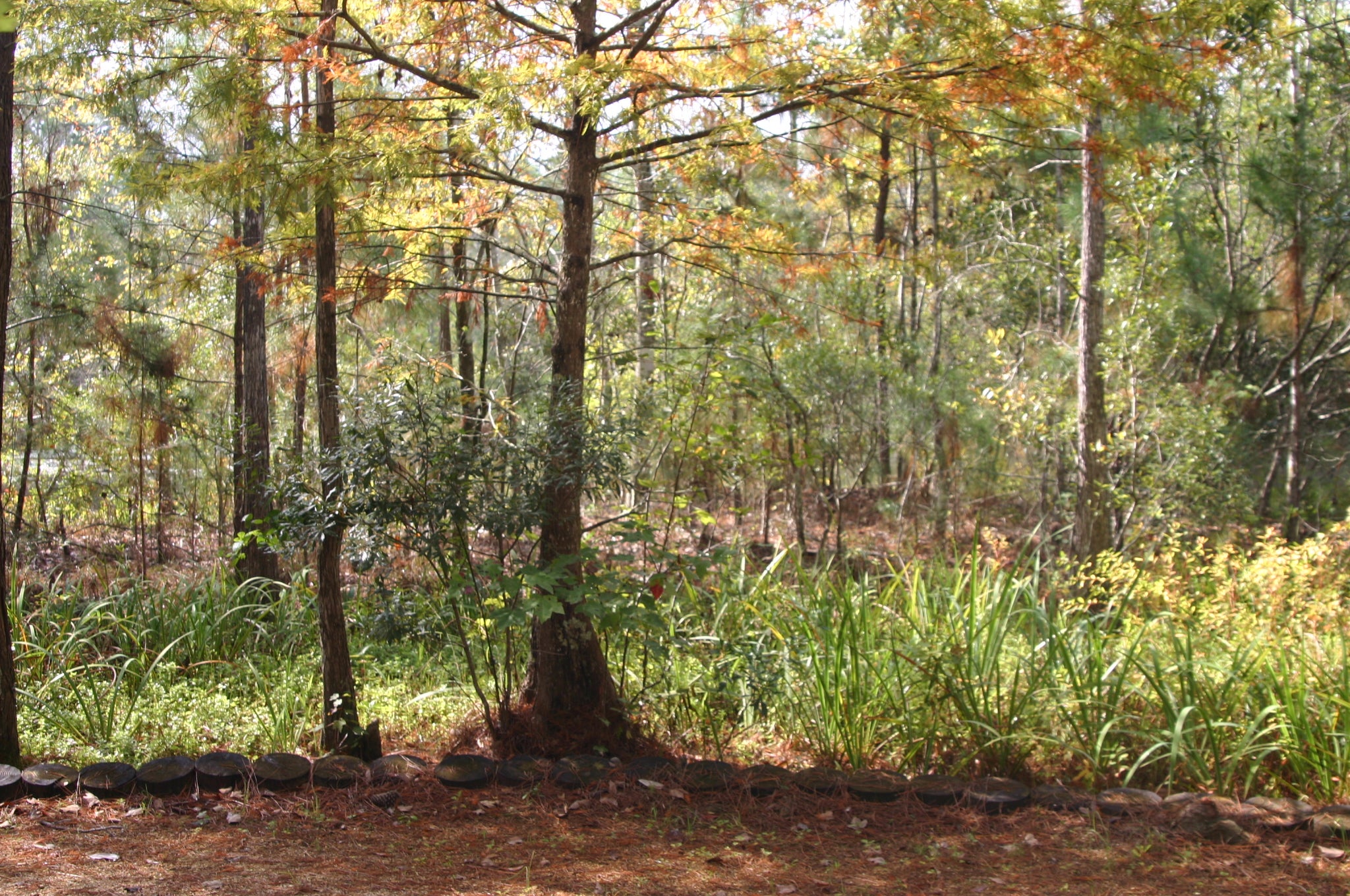Some outstanding trees and shrubs for your home landscape
Published 1:33 pm Sunday, September 5, 2021
By Patricia Drackett
Director of the Crosby Arboretum and
assistant extension professor of landscape architecture with the Mississippi State University Extension Service
Cooler days are somewhere on the horizon, although you might not think so with this last week’s temperatures, but there is an inevitable promise of autumn leaves that will be putting on a show in Pearl River County.
Which trees say “fall” to you? Here at the Crosby Arboretum, we enjoy the scarlet leaves of red maples, found throughout our exhibits. This beautiful deciduous tree grows to around 40 feet. It is one of the easiest trees to grow, as it tolerates both very wet and very dry soils and grows in full sun as well as the shady areas under the canopy of larger trees.
Sweetgum is a large deciduous tree with attractive star-shaped leaves that can rapidly grow to over 100 feet. It is known for its brilliant red fall color, as well as spiny ball-shaped fruits that can be quite a surprise to those who walk barefoot in the lawn. Properly sited, however, the merits of this tree may be enjoyed, as it can make a handsome shade tree, is tolerant of urban situations, and has the ability to grow in both moist and dry sites. Some may know sweetgum as the “toothbrush tree” because of its use by pioneers who cut and chewed its twigs until they became soft enough for this use. Care should be used to not locate this tree too near to structures, as it is short-lived has a tendency to drop limbs.
Bald cypress (Taxodium distichum) is a native tree that occurs naturally in wet habitats throughout the Coastal Plan, such as the pond edges of the Arboretum’s Aquatic Exhibit. It prefers acidic soils and full sun. But although it tolerates wet sites, the tree also does fine on upland environments, and is actually considered a drought-tolerant species!
Can you spot a bald cypress trees in the landscape? Perhaps you have noticed the cypress trees that are growing along with the red maples in the median of Memorial Boulevard in Picayune or know this tree because of its tendency to sprout “knees” in your lawn areas. If you plant native iris underneath a cypress tree rather than turf, you will not have to worry about encountering the knees.
Southern crabapple has attractive pink blooms and produces small yellow and red fruit that will attract a wide variety of wildlife including deer, fox, raccoons, turkeys, and squirrels. But you may wish to grow it simply because it is a beautiful spring-flowering specimen tree. More blooms, and fruit, are produced when located in full sun, but it also take some shade. It grows naturally in fields and thickets and on moist, well-drained stream banks. Birds will build their nests among the thorny branches for protection from predators. Like mayhaw, the fruit may be used to make jelly.
In fall, black gum puts on a coat of many colors here at the Arboretum and is a common sight in the fall along our Pearl River County roadsides. They are typically found in swampy areas, but also occur on upland sites, and average 60 feet in height. Looking southward from the bridge that passes over the slough on our Arrival Journey, the long branches of this tree can be seen descending toward the water. Growing in full sun or part shade, black gum can be used in the home landscape as a shade or specimen tree. When in bloom, the flowers are attractive to bees, and are a source of “tupelo honey”.
Fringetree, pawpaw, sassafras, and southern sugar maple are all small native trees that will light up the forest with the glowing yellow fall foliage. Both Fringetree (a.k.a. Grancy graybeard) and pawpaw prefer moist, well-drained woodlands but are adaptable to a variety of soils and light exposures. Both are excellent choices for specimen trees in shady sites. You may be surprised to learn that there is a southern sugar maple. This tree is more heat tolerant than the northern sugar maple and is found along stream banks of southern bottomland forests.
It was necessary to postpone our recent mushroom field walk and hope we will be able to reschedule this soon. Stay tuned for some great field walks this fall. We are working on our fall calendar of programs and events, so stay tuned, as the information will be posted on our Facebook page and the program calendar at www.crosbyarboretum.msstate.edu<http://www.crosbyarboretum.msstate.edu>. You may sign up for our email notices of upcoming programs and events under “Events Updates”. If you enjoy photographing butterflies and colorful blooms, don’t miss your chance to come out to the Arboretum in the next few weeks to see the incredible number of butterflies that are visiting the blooms, such as Liatris, in our Savanna Exhibit.








